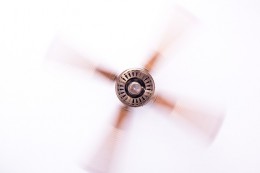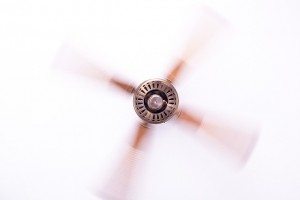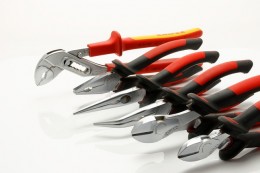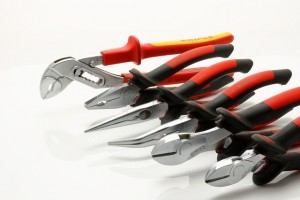These Myths Can Undermine Your Energy Savings Every Summer
Energy savings in the summer months is a common goal of many Florida homeowners, but the following energy myths can actually sidetrack savings and result in higher maintenance costs and electrical consumption.
- Setting the thermostat way down cools your home faster. This is a myth if you have a single-speed cooling system, which most homeowners do. The cooling output is the same whether it’s set at 70 degrees or 80. The only kinds of systems that cool faster based on the cooling load are either variable-speed systems or those with a thermal expansion valve, found on newer, more efficient air conditioning equipment.
- Closing off a room saves energy. This can be an effective way to reduce energy costs, but only if the room is small and far from the air handler. Shutting off a room’s registers and closing the doors can increase the air pressure in the ductwork, which can force them apart. If your cooling system was properly sized when it was installed, closing off rooms can throw off the intended air balance in your home, possibly resulting in short cycling and other problems.
- Turning the system off when you leave saves energy. In a climate like ours, this can backfire in higher energy costs and system wear. When you do return, your equipment will have to work much harder to remove the accumulated heat and humidity. Instead of offering energy savings, the reverse occurs and the long running cycle can damage your equipment. This doesn’t mean, however, that it’s not a good idea to turn up the temperature eight to 10 degrees when you’re gone. A programmable thermostat will allow you to implement energy-saving settings for when you’re not at home.
- Keeping the ceiling fan on when you leave a room helps keep it cool. Ceiling fans move air, which is the only way they help you cool off. The perspiration on your skin dries faster when air hits it, creating the perception of being cooler. When no one is in the room, the fan is just using electricity without any cooling effect.
The pros at Cox Air Conditioning & Heating can show you a variety of ways to achieve energy savings with your air conditioner. We’ve provided superior HVAC services for Tampa-St. Petersburg-Clearwater area homeowners since 1958.
Image Provided by Shutterstock.com
Three Common A/C Problems Most Homeowners Will Encounter Eventually
When the summer heat turns on, your air conditioner should as well. During those hot Tampa-Clearwater days, you count on having a cool home to find relief in. When untimely problems occur, resolving the issue quickly becomes your main household priority. The good news is that some A/C problems are relatively easy to take care of and don’t require the know-how of a professional. Fixing the problem yourself is not only faster, but will save you money. Learn about some common A/C problems and what steps you should take to try and remedy them.
Common A/C Problems and How to Fix Them
The following A/C problems often have a simple solution that any person can handle. If the suggested course of action doesn’t fix the problem, or if the mentioned issues don’t apply to you, professional help is likely the way to go:
- Your system isn’t cooling your home well enough. Check the air filter and replace it if it’s dirty. Or try lowering your thermostat by five degrees. If that doesn’t help, examine your evaporator coil. If it’s coated in dust, cleaning it may repair the issue. If not, your unit may not be the right size for your home. Also, be aware that achieving a very cool environment can be difficult in extreme heat.
- The A/C is running, but not cooling your air. You should starting by checking your thermostat settings. Try the heating mode on your thermostat; if that doesn’t work, it probably means the problem is in your thermostat rather than your air conditioner. Look at the indoor and outdoor coils to make sure dirt and dust aren’t interfering with the heat-exchange process. Other causes, such as a faulty compressor, will require professional help.
- The whole system just isn’t working. Look for a tripped circuit breaker or blown fuse. The last thing you can try is lowering the temperature by five degrees to see if that triggers the system’s start.
For more tips on fixing A/C problems in your Tampa-Clearwater area home, or to schedule the help of a professional contractor, please contact at Cox Air Conditioning & Heating anytime.
Image Provided by Shutterstock.com








Recent Comments